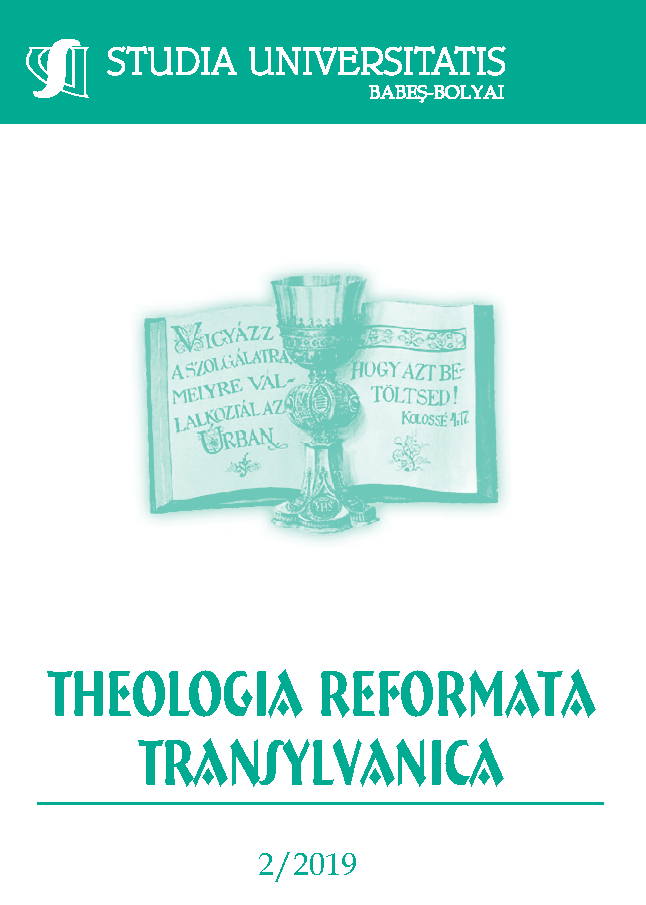Orgelforschung in europäischem Geist. Die Orgellandschaften Rumäniens in Geschichte und Gegenwart am Beispiel der Temeswarer Orgelbaufirma Wegenstein
DOI:
https://doi.org/10.24193/subbtref.64.2.02Keywords:
Wegenstein, Banat, Transylvania, Romania, OrganbuilderAbstract
Organ research in European spirit. Romania’s organ landscapes in his-tory and present. The Timisoara organbuilding company Wegenstein.
In Romania there are two of Europe’s major organ landscapes: Transylvania and Banat, which have developed within several centuries. They show own characteristics but have also attributes in common with the Bohemian, Austrian and Southern German organbuilding. The organ builders of those two cultural areas came mainly from other parts of Eu-rope and settled down here. Because of the several demarcation changes resulting from both World Wars of the 20th century the organs of Banat and Transylvania can be documented only by international research and investigation. For the time being the last major organbuilding company of Romania was the one of Wegenstein family in Timisoara. The instruments of this factory are located today in churches and synagogues in Romania, Hungary, Serbia, Bosnia-Herzegovina, Slovakia, Ukraine and Bulgaria. Special historical value is apportioned to the Wegenstein organ of the Catherine church in Timisoara and the one of the basilica Maria Radna. In the publications of Dr. István David we can find also important information about many Wegenstein organs of Transylvania. The Wegenstein company had to stop business after the second World War due to the political circumstances in then Romania and has been disappropriated by the state in 1972. Thereby almost 300 years history of Banat organbuilding came to an end.
Downloads
Published
How to Cite
Issue
Section
License
Copyright (c) 2019 Studia Universitatis Babeș-Bolyai Theologia Reformata Transylvanica

This work is licensed under a Creative Commons Attribution-NonCommercial-NoDerivatives 4.0 International License.






